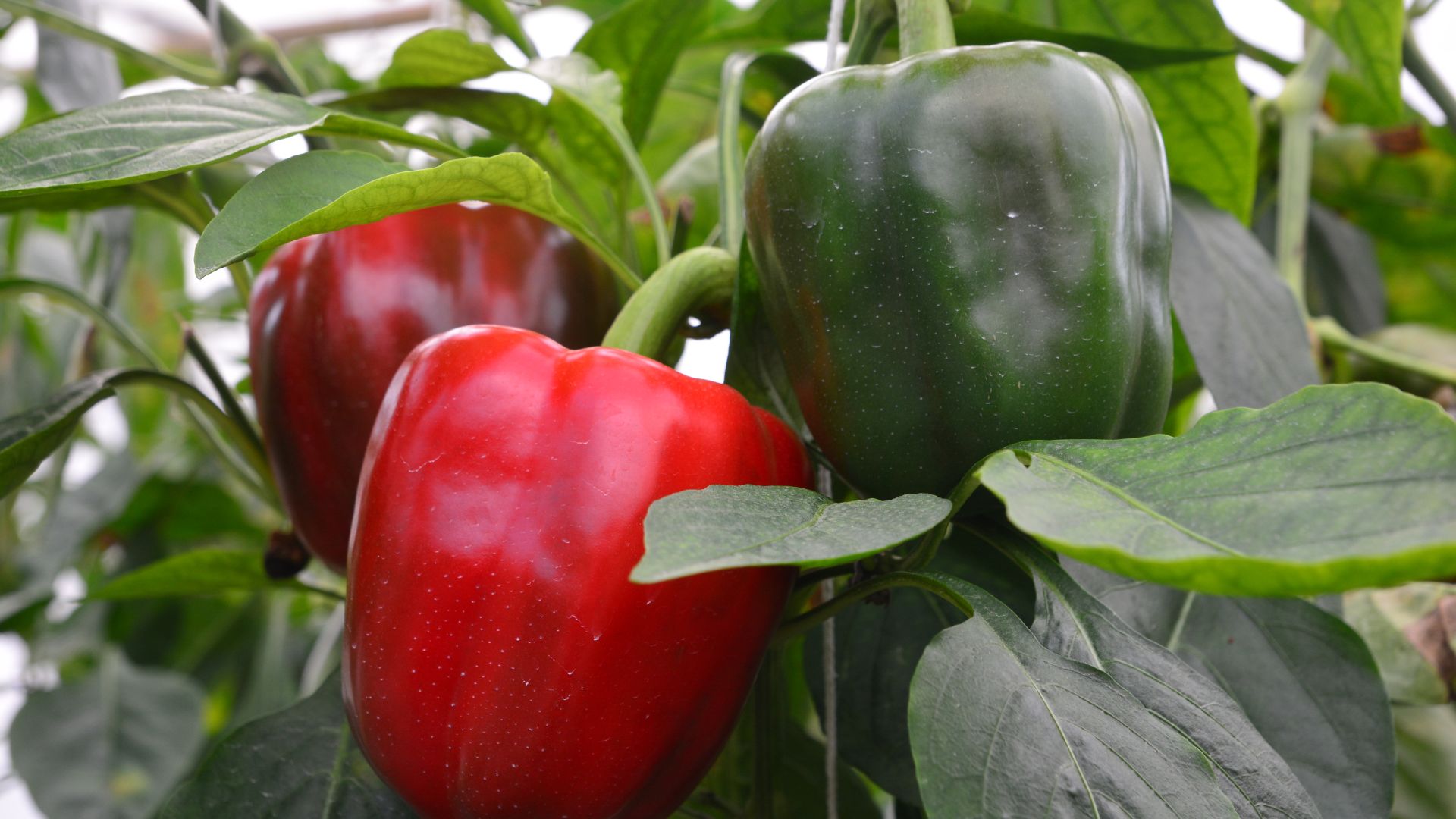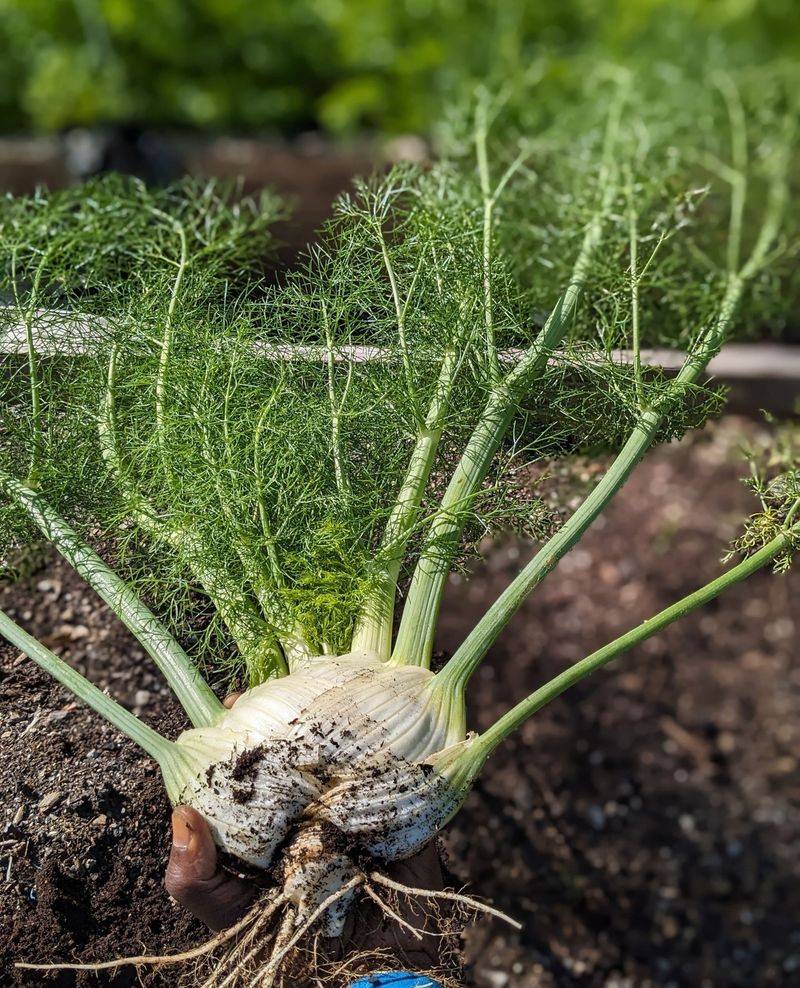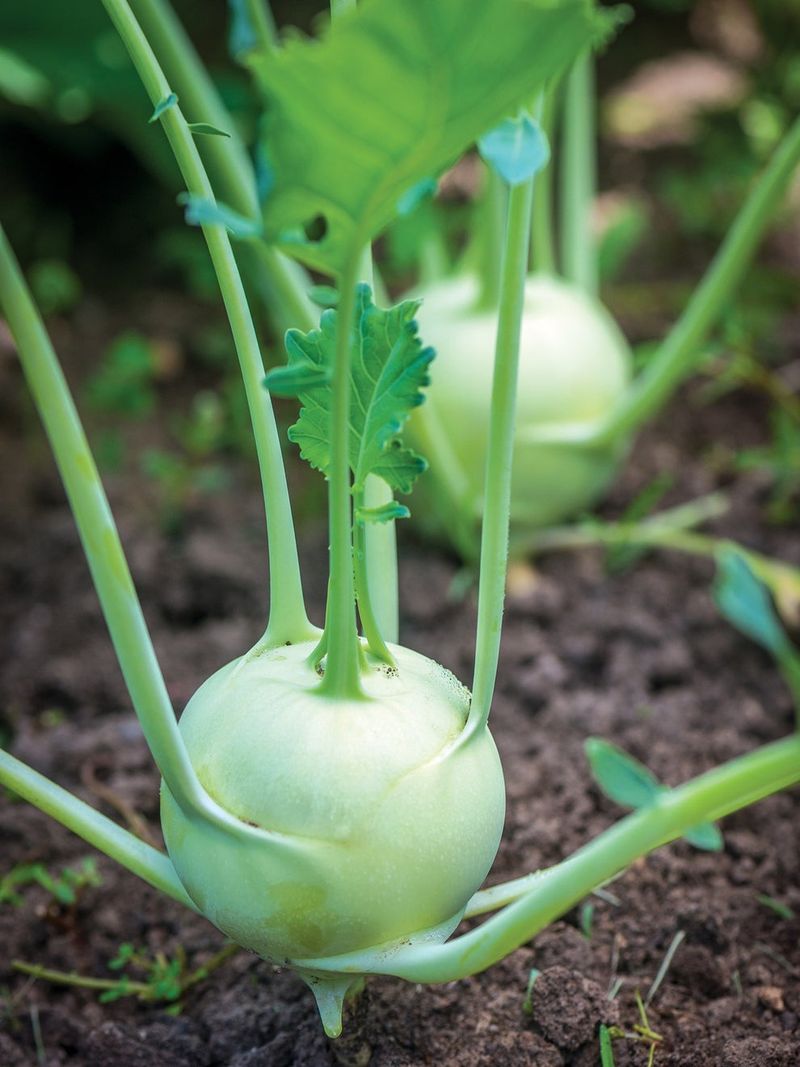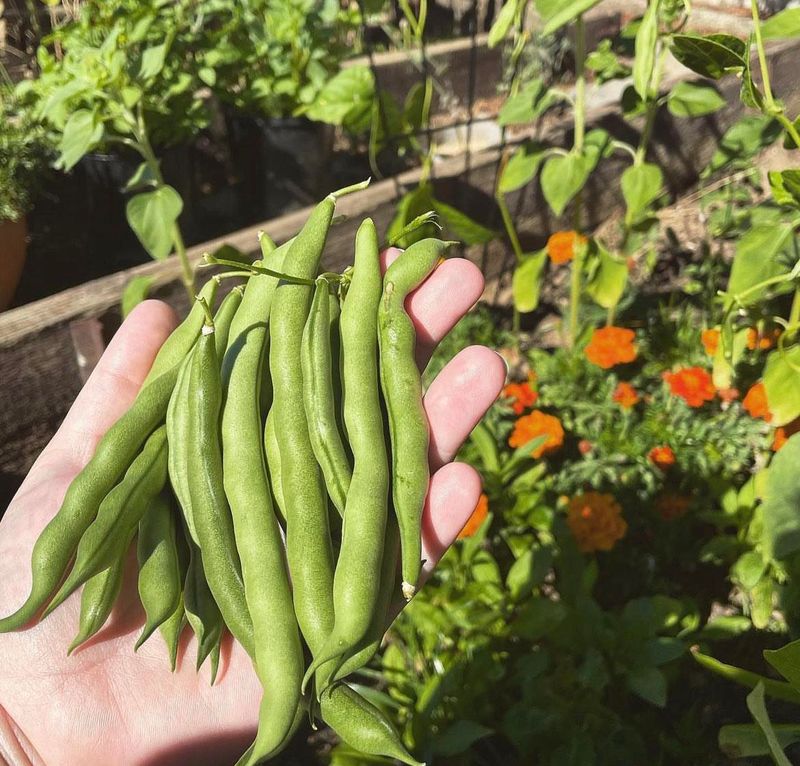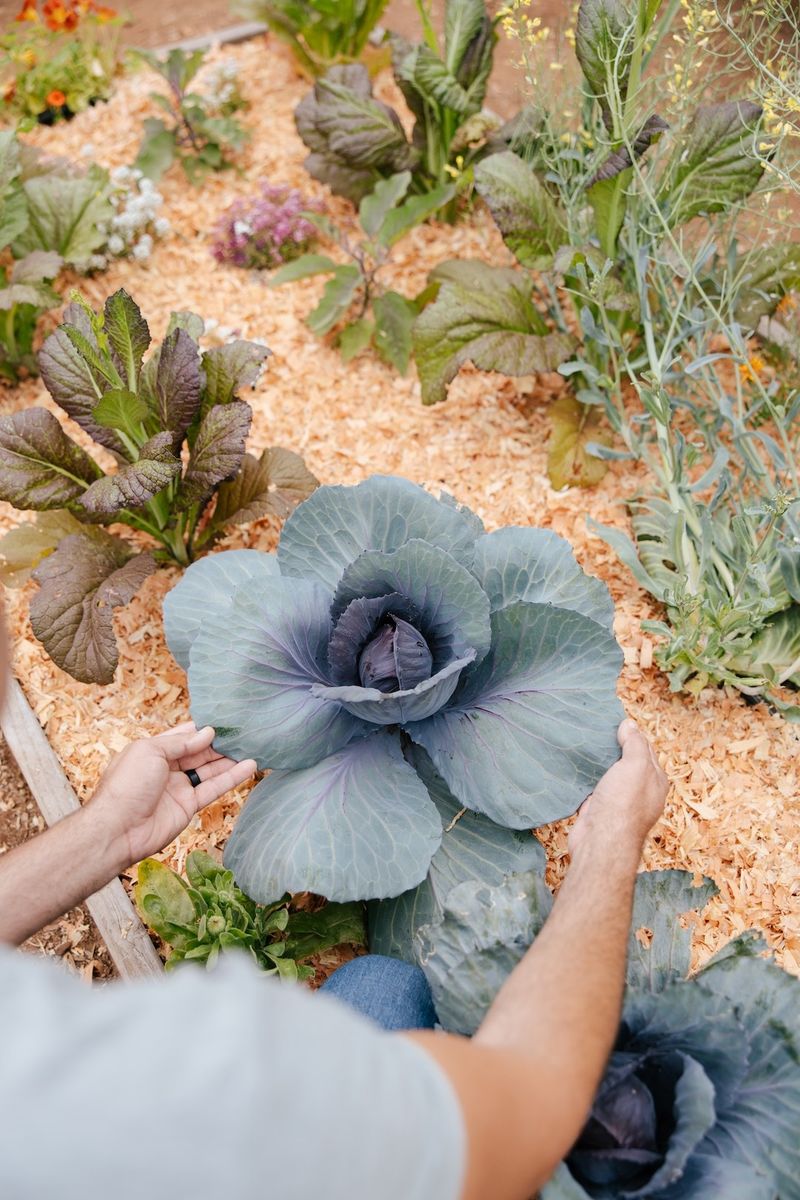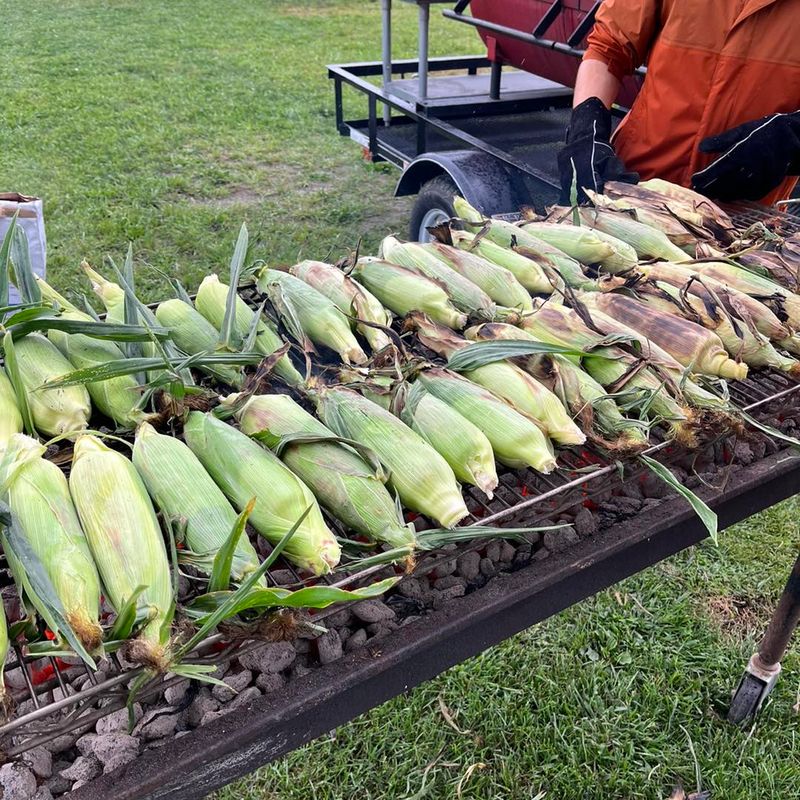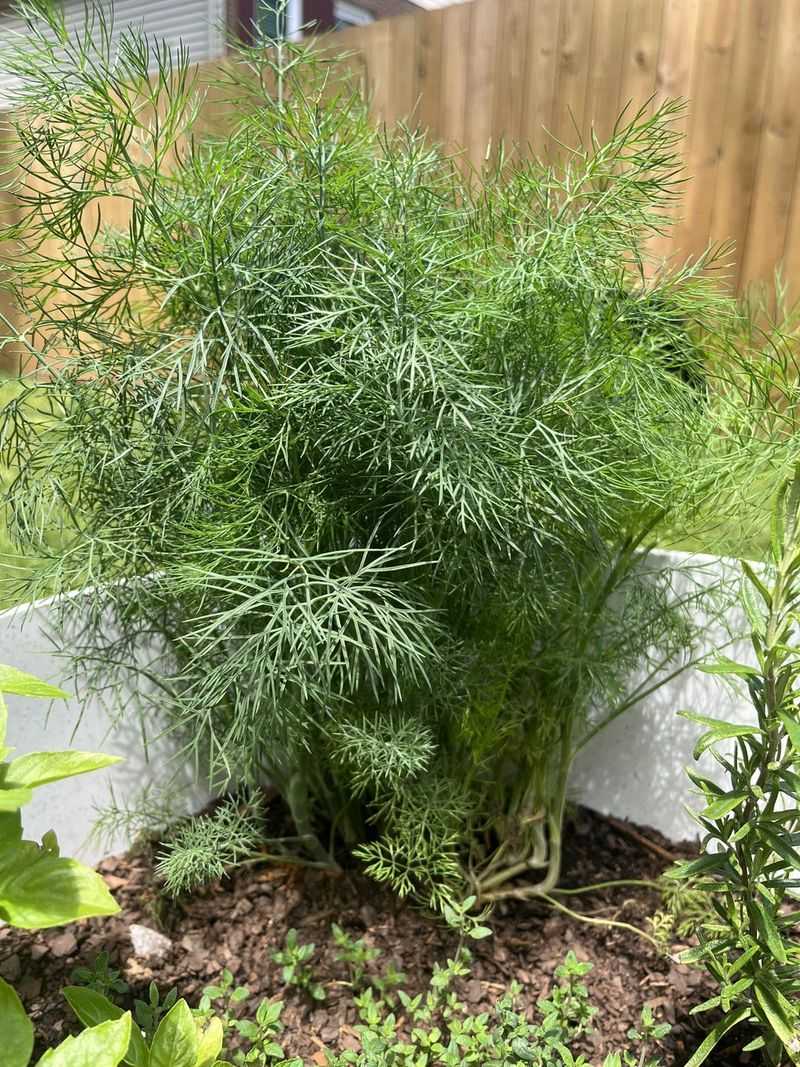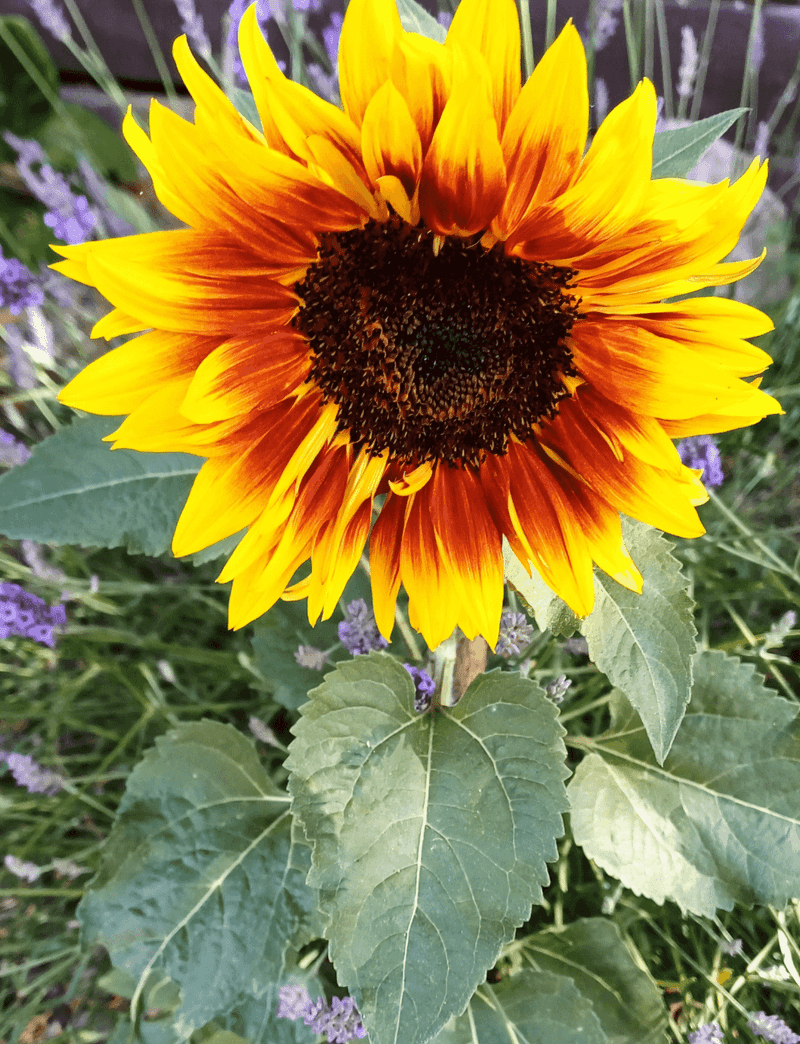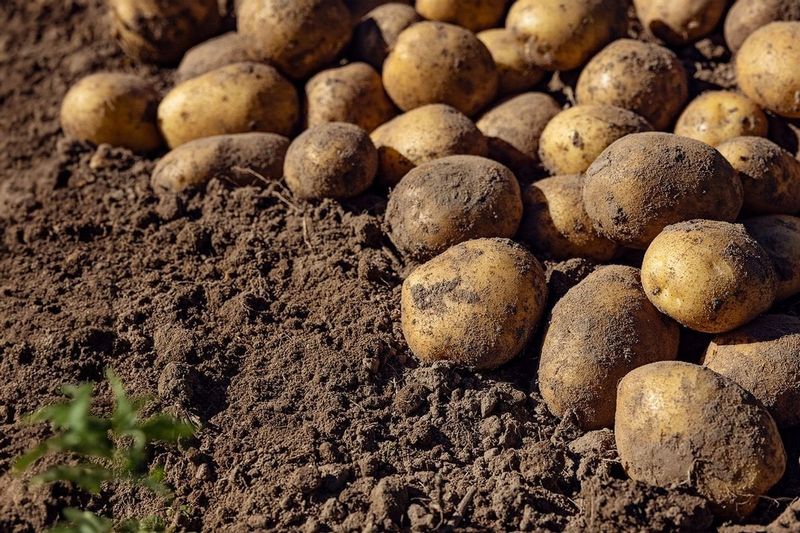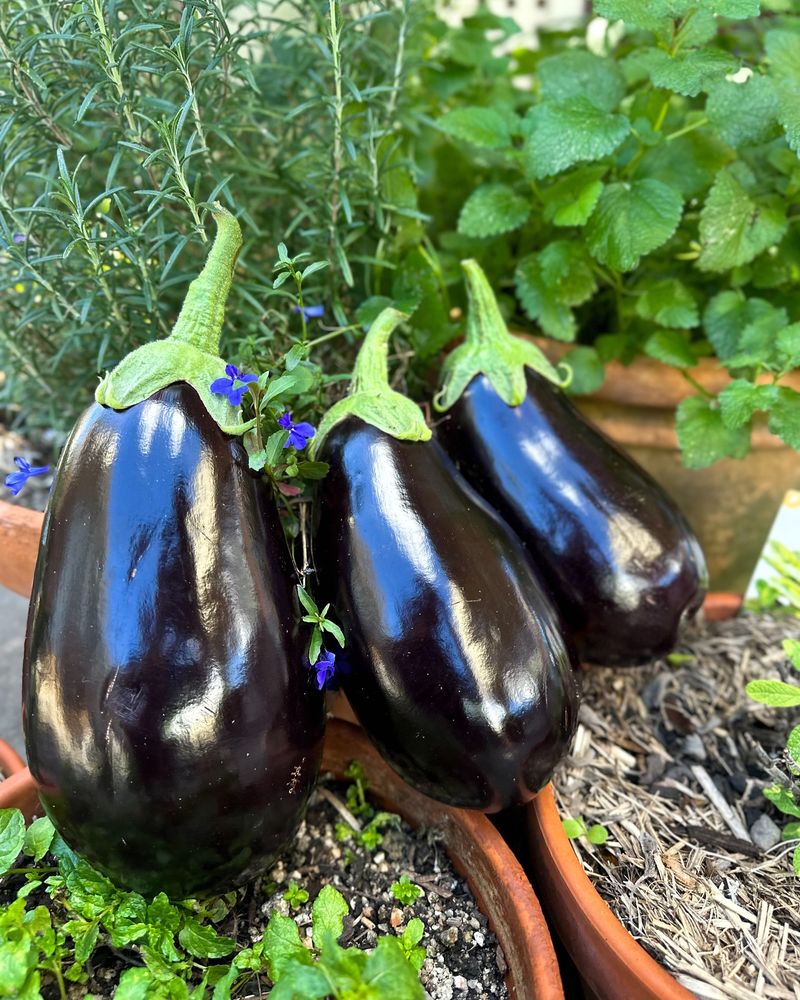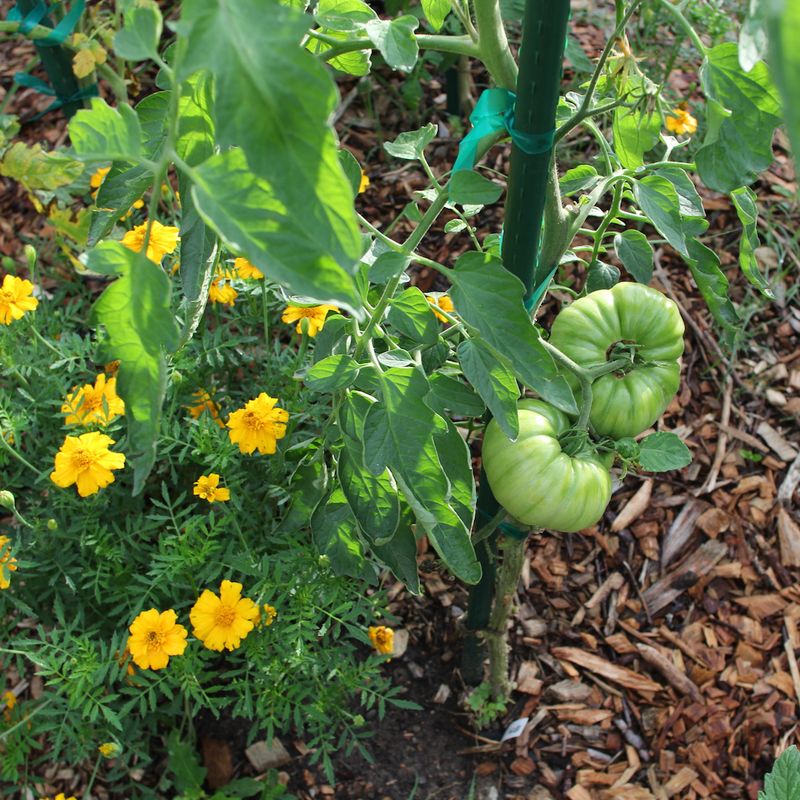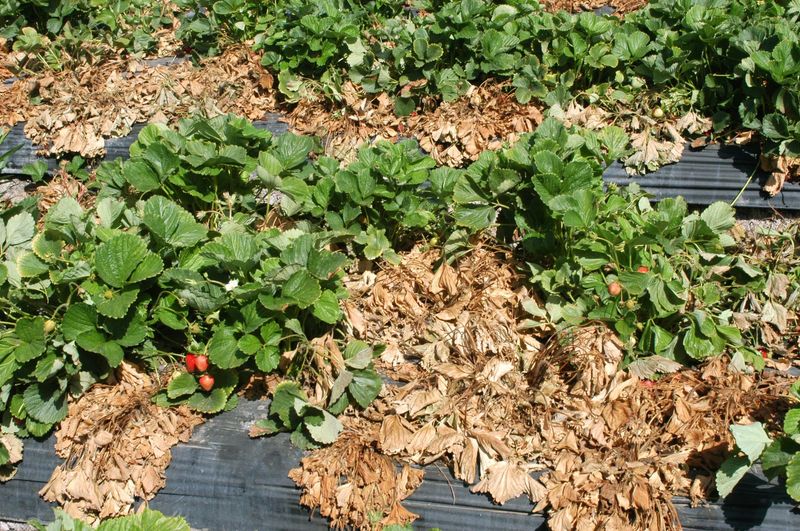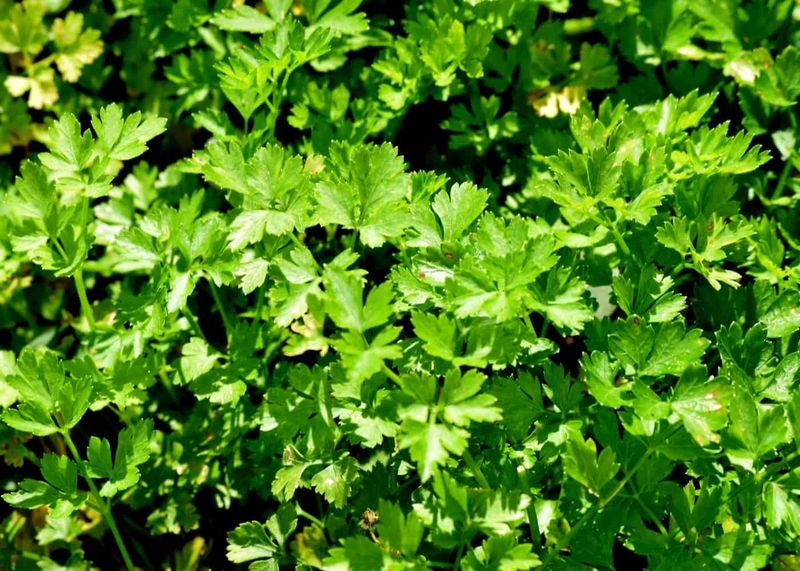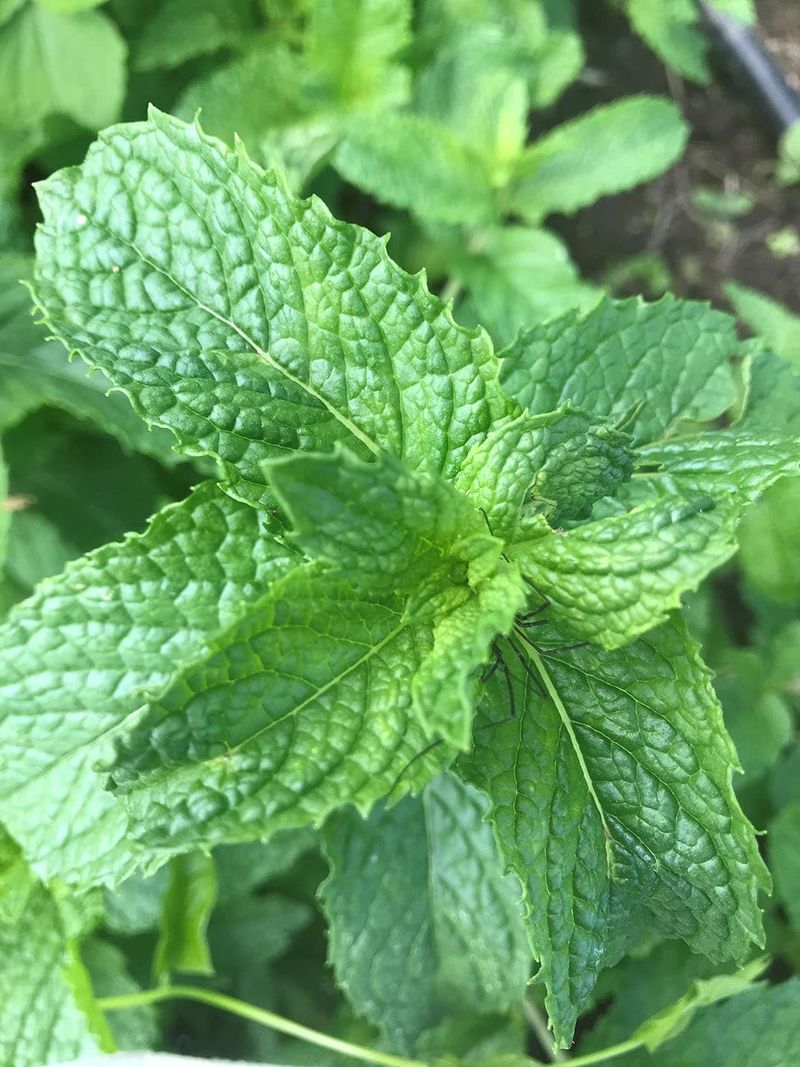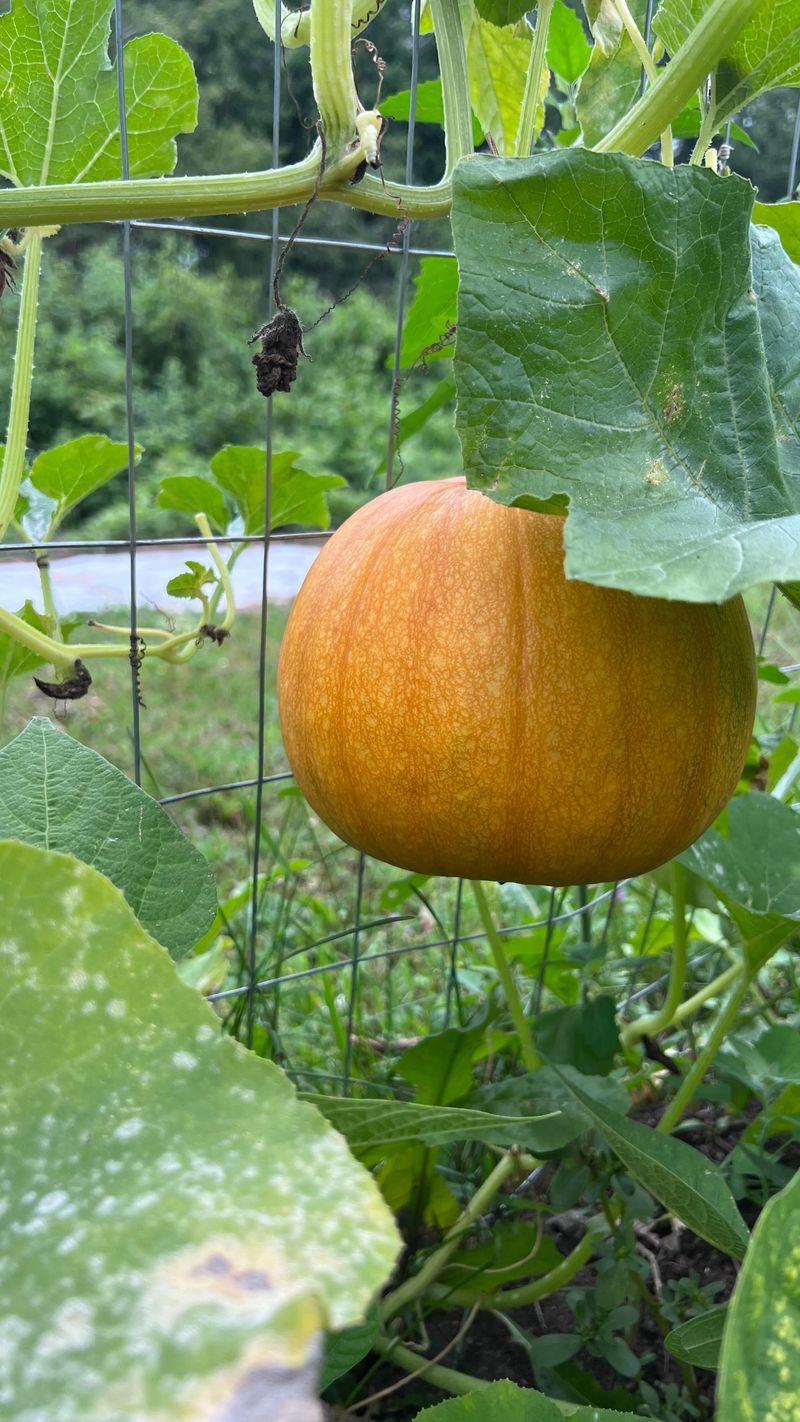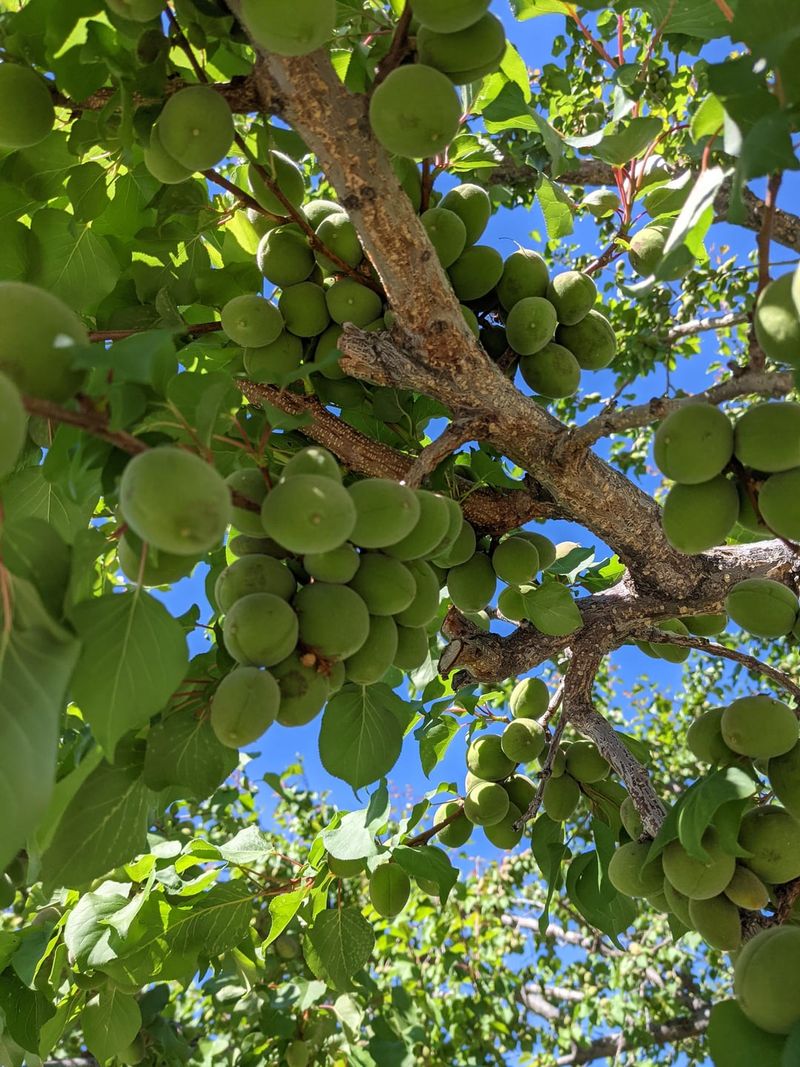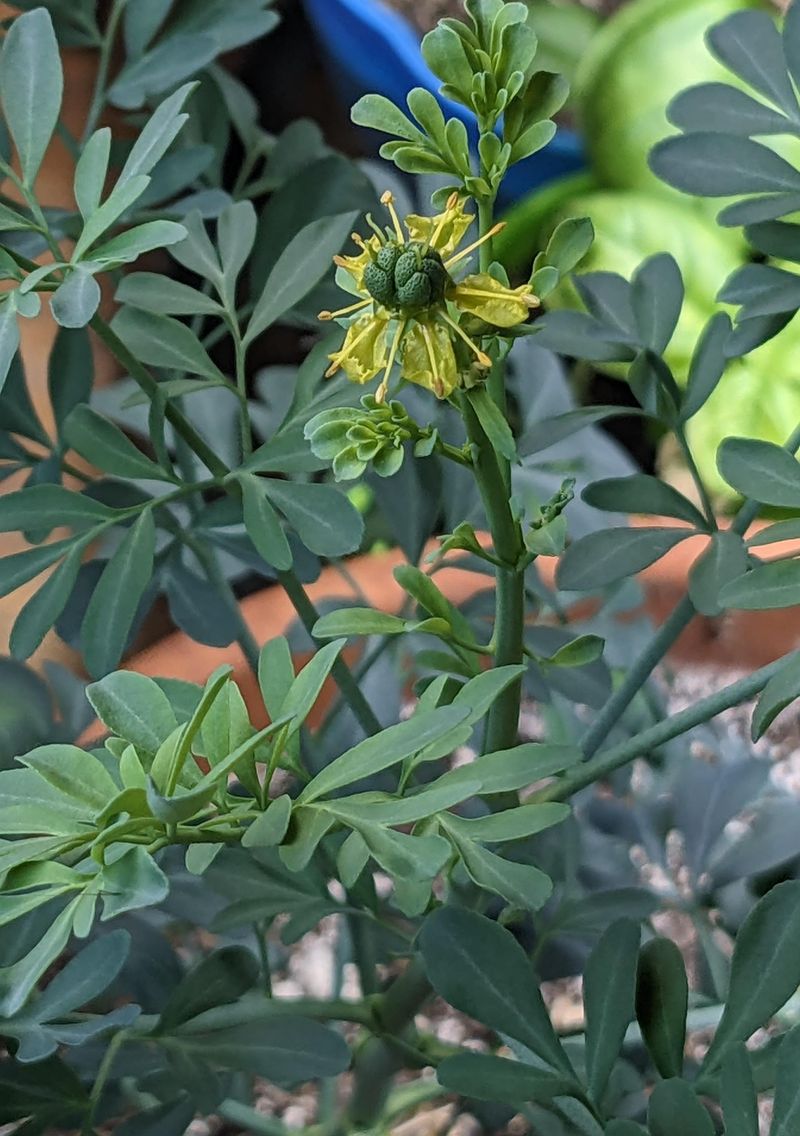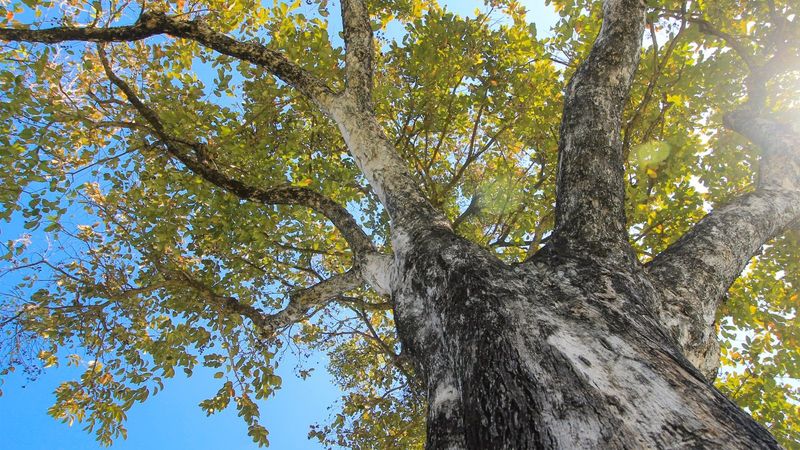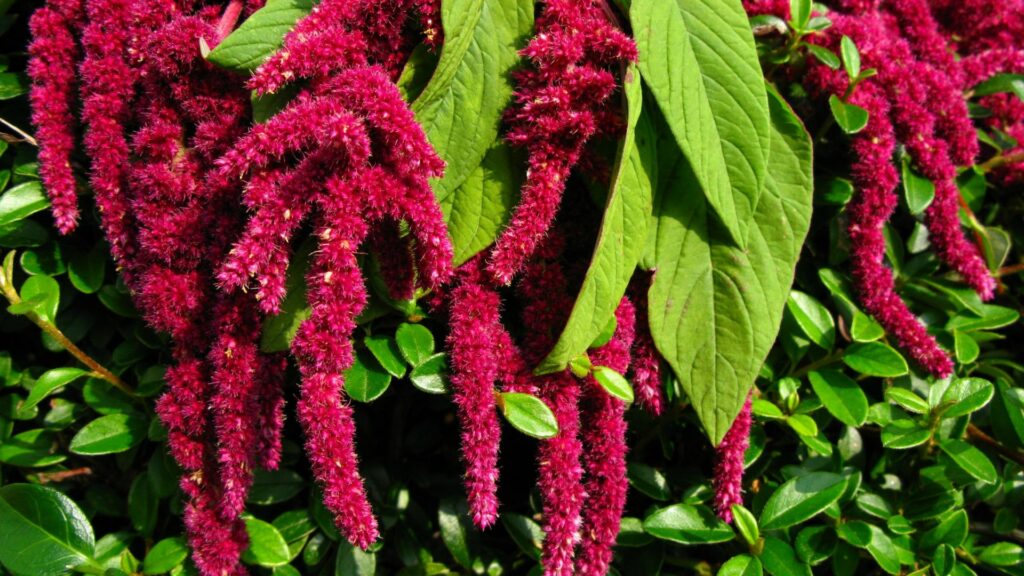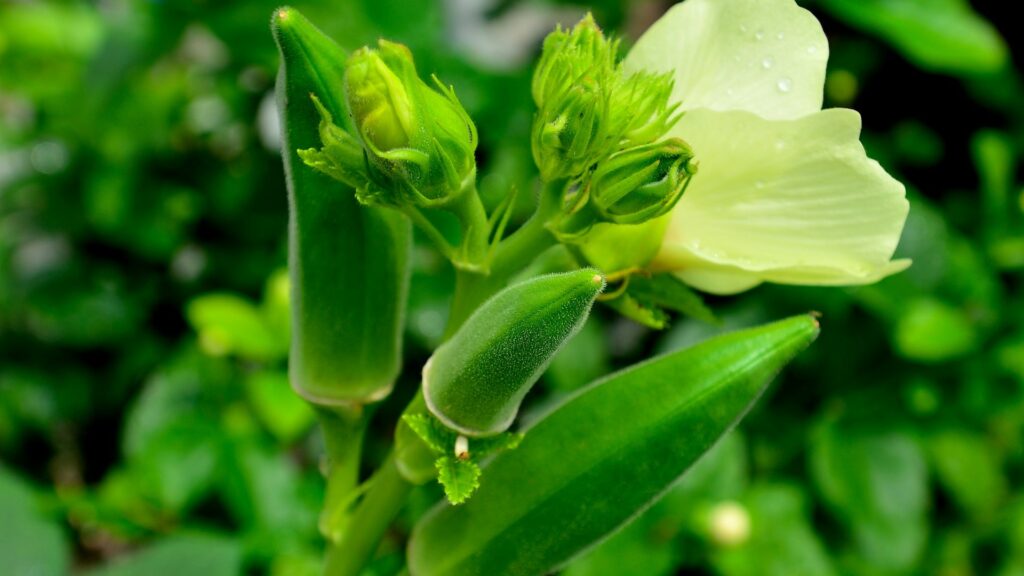Growing peppers is one of my favorite parts of summer gardening—the colors, the flavors, the endless recipes! But I quickly learned that what you plant nearby can make or break your pepper crop.
Some plants might seem harmless at first but end up stealing nutrients, attracting pests, or even releasing chemicals that stunt pepper growth. I’ve had seasons where my peppers barely produced, all because of bad planting companions.
Once I figured out which neighbors to avoid, everything changed. Giving peppers the right space and surrounding them with friendly plants really does lead to a healthier, more productive harvest.
1. Fennel: The Unfriendly Umbrella
Fennel releases chemicals that stunt pepper growth. I once planted it near my jalapeños and watched them struggle all season while plants in other beds thrived.
The compounds fennel releases into the soil inhibit root development in nearby plants, particularly affecting nightshades like peppers. This allelopathic effect can reduce your pepper harvest significantly.
Keep fennel at least 10-15 feet away from pepper beds, or better yet, give it its own container. The same aromatic oils that make fennel delicious in cooking make it a terrible companion for your peppers.
2. Kohlrabi: The Underground Competitor
Garden space with kohlrabi becomes a battlefield for nutrients when peppers are nearby. These brassicas have aggressive root systems that outcompete pepper plants for essential nutrients and water.
After planting kohlrabi next to my bell peppers last summer, I noticed the peppers developed yellowing leaves while producing smaller fruits. The shallow but widespread roots of kohlrabi were stealing what my peppers needed to thrive.
Space these plants at opposite ends of your garden, or stagger planting times so they’re not competing during critical growth phases. Your peppers will thank you with better yields.
3. Beans: Unexpected Troublemakers
Despite their reputation as garden-friendly plants, beans can actually cause problems for peppers. The nitrogen-fixing capabilities of beans create soil conditions that favor foliage growth over fruit production in pepper plants.
My peppers grew beautiful green leaves but barely any actual peppers the year I interplanted them with pole beans. The beans’ climbing nature also created too much shade, reducing the sunlight peppers need to develop their signature heat and flavor.
If you must grow both, maintain at least 3 feet between them and position beans north of peppers to prevent unwanted shading during the growing season.
4. Brassicas: Cabbage Family Conflicts
Cabbage, broccoli, and their relatives attract pests that cross over to damage pepper plants. Cabbage moths and other insects that primarily target brassicas will make secondary meals of your pepper plants when planted in close proximity.
The heavy feeding nature of brassicas also depletes soil nutrients peppers need. My garden journal from three seasons ago shows a clear pattern: pepper yields were 30% lower in beds shared with cabbage family plants compared to pepper-only areas.
Keep these plant families separated by at least one garden bed, or use companion plants like marigolds as buffers between them to minimize pest travel between crop types.
5. Corn: The Towering Resource Hog
Corn creates serious problems for pepper plants through its sheer size and appetite. Standing tall above your garden, corn blocks essential sunlight that peppers need for proper development and fruit production.
The massive root system of corn outcompetes most garden vegetables, especially smaller plants like peppers. Last year, my pepper plants situated within 4 feet of corn rows produced about half the normal harvest, and the peppers were noticeably smaller.
Plant corn on the north side of your garden to minimize shading, and leave at least 5 feet between corn and pepper beds to reduce root competition for water and nutrients.
6. Dill: The Deceptive Herb
Dill looks innocent enough but causes significant issues for pepper plants when they share garden space. Though beneficial for many vegetables, dill attracts hornworms which will quickly move to your pepper plants and cause devastating damage.
The aromatic compounds in dill can also interfere with the flavor development of peppers. Growing dill next to my habaneros resulted in peppers with less heat and complexity than plants grown elsewhere.
Keep dill at least 5 feet away from your pepper patch. If you love growing both, consider planting dill in containers that can be moved away once they flower and start attracting problematic insects.
7. Sunflowers: Beautiful But Problematic
Sunflowers release compounds into the soil that inhibit the growth of certain plants, including peppers. This allelopathic effect can reduce germination rates and stunt growth of nearby pepper seedlings.
The massive root systems of sunflowers also compete aggressively for water and nutrients. During a particularly dry summer, I noticed my pepper plants near sunflowers wilted much faster than those planted elsewhere, requiring almost double the watering.
If you love both plants, keep sunflowers at the north end of your garden, at least 6 feet away from pepper beds. Their impressive height creates shade patterns that can reduce pepper productivity if improperly positioned.
8. Potatoes: The Underground Relative
Growing potatoes near peppers increases disease risk dramatically. Both belong to the nightshade family and share vulnerabilities to the same diseases, particularly blight and various fungal infections.
Last season, early blight appeared first on my potato plants, then quickly spread to nearby peppers, affecting nearly the entire crop. The proximity allowed pathogens to move efficiently between plants.
Crop rotation becomes ineffective when these relatives grow side by side. Maintain at least 10 feet between potatoes and peppers, or better yet, grow them in completely different garden areas to prevent disease spread and reduce pest pressure.
9. Eggplant: The Competitive Cousin
Another nightshade family member, eggplants compete directly with peppers for the same nutrients and growing conditions. When planted too close together, both crops typically produce smaller harvests than they would independently.
Eggplants and peppers also attract the same pests, creating a concentrated feeding ground for flea beetles, aphids, and other troublesome insects. My garden records show that pest problems were always worse in beds where I grouped these relatives together.
Space these crops at opposite ends of your garden, or separate planting times by several weeks. If garden space is limited, choose one or the other for maximum productivity rather than growing both in close quarters.
10. Tomatoes: The Familiar Foe
Tomatoes may seem like natural companions for peppers since they’re often paired in cooking, but garden proximity creates real problems. As nightshade relatives, they’re susceptible to the same diseases, creating a larger target for pathogens.
Root competition between these heavy feeders results in neither plant reaching its full potential. My comparison plantings showed peppers grown away from tomatoes produced nearly 40% more fruit than those sharing space with tomato plants.
If you must grow both, separate them with non-nightshade plants as buffers. Basil, marigolds, or nasturtiums can help disrupt pest travel patterns between tomato and pepper plants while adding diversity to your garden.
11. Strawberries: Berry Bad Neighbors
Strawberries create a moist microclimate that encourages fungal diseases in nearby pepper plants. Their low-growing, spreading habit retains humidity around the base of pepper stems where fungal infections often begin.
The shallow root systems of strawberries also compete with peppers for water and nutrients in the top few inches of soil. My attempt at interplanting these crops resulted in smaller berries and peppers compared to plants grown separately.
The perennial nature of strawberries also disrupts the crop rotation needed to prevent soil-borne diseases in peppers. Keep these plants in separate garden areas, or consider growing strawberries in dedicated raised beds or containers.
12. Cilantro: The Bolting Saboteur
Cilantro seems like a natural companion for peppers given their culinary compatibility, but timing issues create problems. Cilantro bolts quickly in warm weather, exactly when peppers start their serious growth.
Once cilantro flowers, it attracts pests that can migrate to pepper plants. The aphids that gathered on my flowering cilantro quickly moved to my nearby jalapeños, causing significant damage before I could control them.
Cilantro’s shallow roots also compete with young pepper plants during critical establishment phases. If you want both, plant cilantro in fall after pepper harvest, or keep it in containers you can move away from peppers once it begins flowering.
13. Mint: The Garden Invader
Mint’s aggressive spreading habit makes it problematic for any garden neighbor, especially peppers. The vigorous root system will quickly overtake a pepper plant’s root zone, stealing water and nutrients.
The strong aromatic oils in mint can also affect the flavor development of peppers. My side-by-side taste test showed peppers grown near mint had slightly altered flavor profiles compared to those grown separately.
Always grow mint in containers, never in open garden soil near valuable crops like peppers. Even with containment, keep mint pots at least several feet away from your pepper beds to prevent the aromatic compounds from affecting your pepper harvest.
14. Pumpkins And Squash: Space Invaders
The sprawling growth habit of pumpkins and squash creates physical competition with pepper plants. Their large leaves shade peppers, reducing the sunlight needed for proper fruit development and ripening.
Squash family plants also attract cucumber beetles that can spread bacterial wilt to other garden plants. After losing half my pepper crop to wilt that originated in my zucchini patch, I now keep these plant families far apart.
The heavy feeding nature of squash also depletes soil nutrients peppers need. If garden space allows, maintain at least 6-8 feet between squash and pepper plantings, or consider vertical trellising for squash to minimize their footprint.
15. Apricot Trees: The Toxic Relative
Few gardeners realize that apricot trees produce compounds toxic to nightshade family plants, including peppers. The root systems release substances that can stunt pepper growth or even kill young plants.
Shade from these fruit trees also reduces pepper productivity. My experimental planting of peppers within 15 feet of an apricot tree yielded plants that were half the size of those grown elsewhere in the garden.
Keep peppers well away from the drip line of apricot trees—at least 20 feet is recommended. The same caution applies to other stone fruits like peaches and cherries, which can have similar negative effects on pepper plants.
16. Rue: The Chemical Warfare Plant
Rue conducts chemical warfare in the garden through powerful allelopathic compounds that inhibit germination and growth of many plants, especially peppers. Even small amounts of rue planted nearby can reduce pepper productivity.
Contact with rue sap followed by sun exposure can cause painful skin reactions for gardeners. After developing a rash while working with both plants, I learned to keep rue far from my main vegetable beds.
The strong scent of rue also repels beneficial insects that peppers need for pollination. If you grow rue for its pest-repellent properties or medicinal uses, keep it in a separate herb garden at least 15 feet from your pepper plants.
17. Walnut Trees: The Long-Distance Threat
Walnut trees produce juglone, a natural compound toxic to many plants including peppers. This chemical can travel through soil much farther than most gardeners realize, affecting plants up to 50-80 feet from the tree.
Root competition for water and nutrients extends even beyond the toxic zone. My pepper beds within 30 feet of a black walnut consistently underperformed compared to plants elsewhere, showing yellowing leaves and reduced fruit set.
The dense shade from mature walnut trees compounds these problems. If you have walnut trees on your property, locate pepper beds as far away as possible, preferably on the opposite side of your yard or in raised beds with fresh soil.
18. Amaranth: The Pest Magnet
Amaranth might be beautiful and nutrient-dense, but it invites trouble when grown close to pepper plants. It’s particularly attractive to leafhoppers and beetles, which often migrate to peppers once they’ve finished with amaranth leaves.
A few seasons ago, I planted red amaranth along the edge of my pepper bed for visual interest. Within weeks, flea beetles had taken over, starting on the amaranth and quickly swarming the nearby pepper foliage. The damage was hard to reverse once the pests were established.
If you enjoy growing amaranth, place it well away from your peppers or use floating row covers early in the season to block early infestations. Crop rotation is especially important when these two plants have shared space.
19. Okra: The Aphid Highway
Okra may not seem like a threat to peppers, but its thick, sticky stems are a magnet for aphids—and not the good kind. These pests reproduce rapidly and travel easily to neighboring plants, especially young pepper seedlings.
In my experience, peppers grown next to okra were consistently plagued by curled leaves and stunted growth due to unchecked aphid populations. Even ladybugs couldn’t keep up with the infestation once it spread.
If you grow okra, monitor it closely for early signs of aphids and consider placing it downwind or downhill from pepper beds to reduce pest migration. Neem oil and insecticidal soaps can help, but physical distance is often the best prevention.

